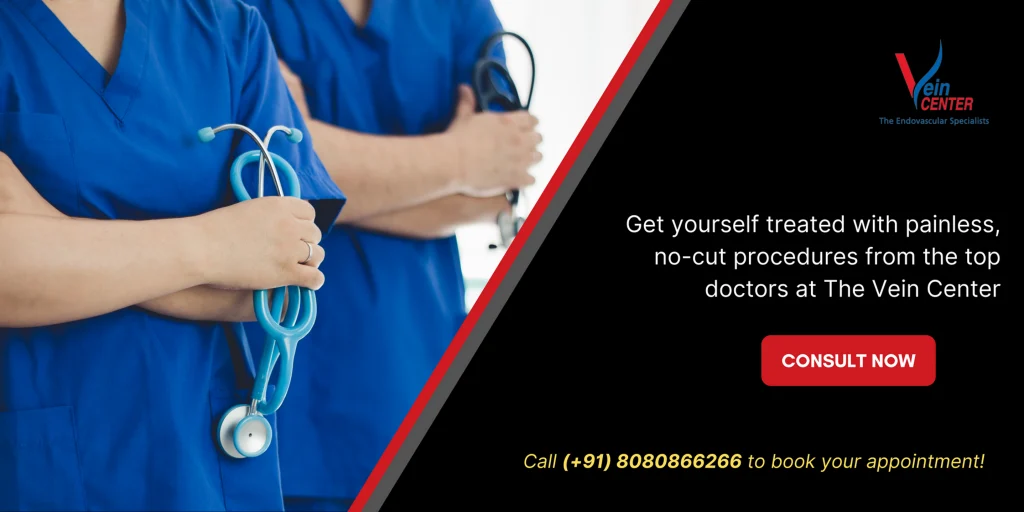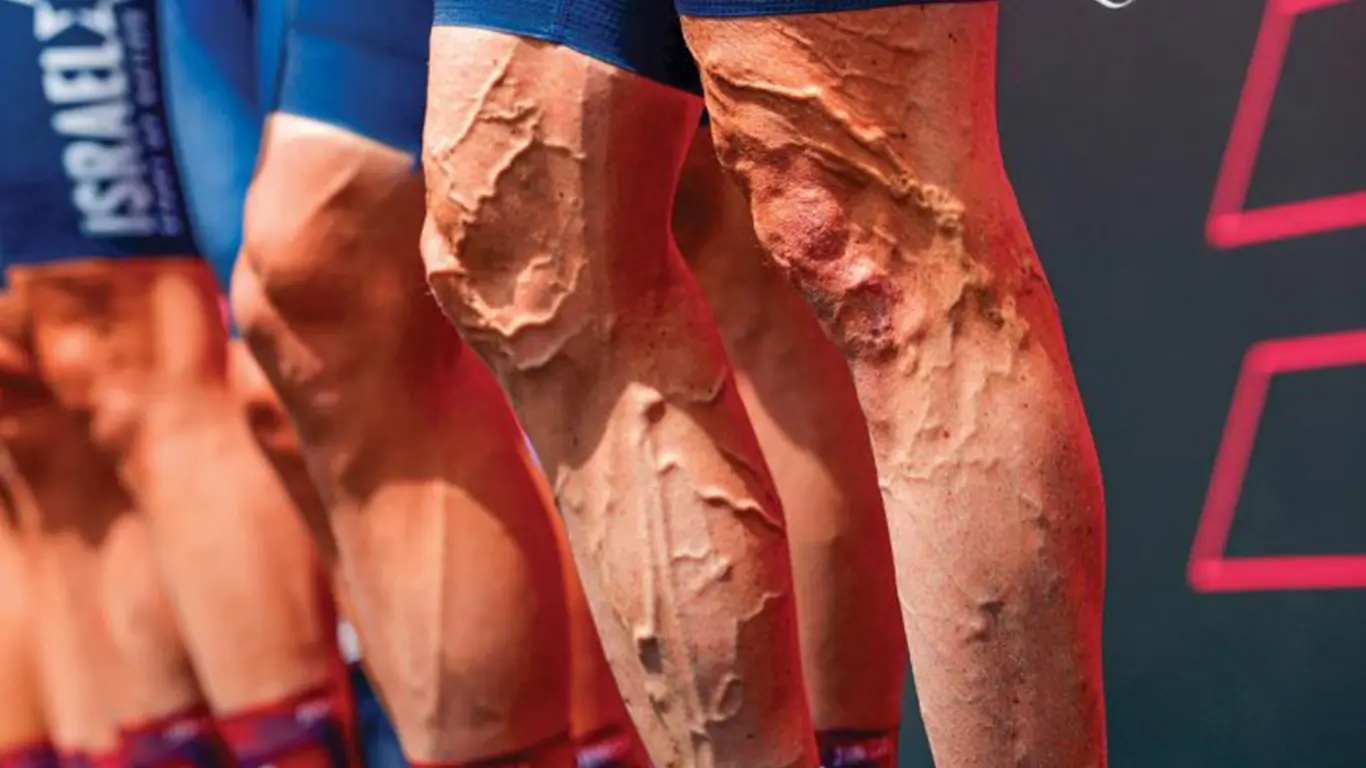Varicose veins are often thought of as large, bulging veins on the legs, resembling snakes under the skin. While this is the most visible sign, not all varicose veins are readily apparent. Here’s what you need to know about these sometimes hard-to-detect veins and their symptoms.
Recognizing Varicose Veins
Most people can easily spot varicose veins because they look like twisted, enlarged veins. However, some individuals experience symptoms without any visible signs. This can make it tough to identify and diagnose the condition accurately.
Common Symptoms of Varicose Veins
- Visible Bulging Veins: These are the most obvious indicators.
- Swelling and Skin Darkening: These can occur even when veins aren’t visible.
- Redness Around the Ankles: Often accompanied by skin darkening and discomfort.
- Nighttime Calf Cramps: A frequent complaint among those suffering from this condition.
- Ankle Wounds Without Visible Veins: These painful lesions can appear even without noticeable varicose veins.
Hidden Symptoms and Their Challenges
Some people suffer from varicose veins without the typical bulging veins. They might deal with issues like swelling, skin darkening, and discomfort in their calves. Unfortunately, these symptoms are sometimes mistaken for other conditions, delaying proper treatment.
Diagnostic Approach
If you suspect varicose veins, especially with non-visible symptoms, it’s crucial to get a professional diagnosis. Doctors often recommend diagnostic tools like ultrasound scans to get a clear picture of what’s happening beneath the skin. This approach helps in identifying the problem accurately, ensuring the right treatment plan is developed.

Summary
Varicose veins are more than just a cosmetic issue. They can lead to discomfort and other health problems if left untreated. Whether you have visible veins or just unexplained leg symptoms, consulting with a healthcare professional is key. Early diagnosis and treatment can make a significant difference in managing the condition and improving your quality of life.
Stay proactive about your vascular health. If you notice any symptoms or changes in your legs, seek medical advice promptly for the best outcomes.




